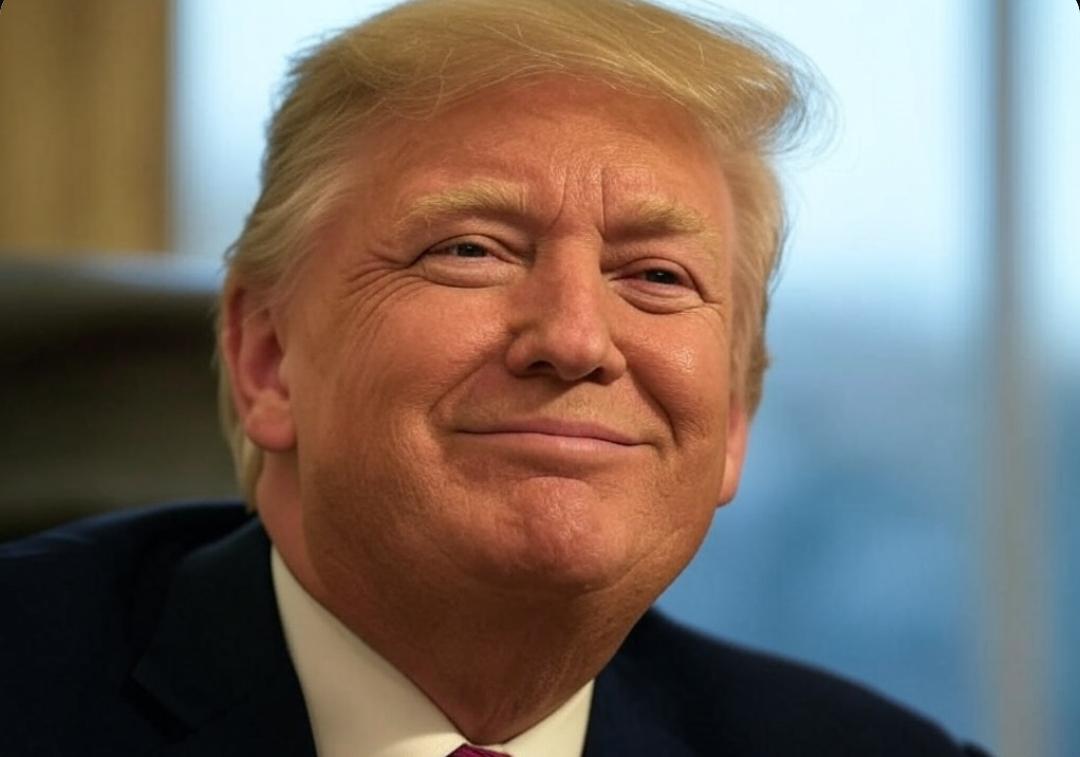
The U.S. economy is undergoing a significant shift under President Trump's second term, with a strategic focus on reducing inflation, refinancing the nation’s debt, and reshaping trade policies. Recent statements from Trump and his administration indicate a willingness to accept short-term economic pain—including a potential recession—to achieve long-term financial stability.
The U.S. Debt Crisis: A Looming $9.2 Trillion Refinancing Challenge
The U.S. federal debt has surged dramatically, reaching over $35 trillion in 2025. The sharpest spike occurred after the pandemic, adding $13 trillion in debt since 2020. Additionally, in 2025 alone, $9.2 trillion of U.S. debt must be refinanced—a monumental task given stubbornly high interest rates.
The Administration’s Unconventional Strategy
Rather than trying to prop up asset prices, the Trump administration is focusing on economic contraction as a means to lower inflation and interest rates. The logic is simple:
1. Higher interest rates make debt refinancing costly.
2. A recession would cool inflation, prompting the Federal Reserve to cut rates.
3.The U.S. economy is undergoing a significant shift under President Trump's second term, with a strategic focus on reducing inflation, refinancing the nation’s debt, and reshaping trade policies. Recent statements from Trump and his administration indicate a willingness to accept short-term economic pain—including a potential recession—to achieve long-term financial stability.
The U.S. Debt Crisis: A Looming $9.2 Trillion Refinancing Challenge
The U.S. federal debt has surged dramatically, reaching over $35 trillion in 2025. The sharpest spike occurred after the pandemic, adding $13 trillion in debt since 2020. Additionally, in 2025 alone, $9.2 trillion of U.S. debt must be refinanced—a monumental task given stubbornly high interest rates.
The Administration’s Unconventional Strategy
Rather than trying to prop up asset prices, the Trump administration is focusing on economic contraction as a means to lower inflation and interest rates. The logic is simple:
1. Higher interest rates make debt refinancing costly.
2. A recession would cool inflation, prompting the Federal Reserve to cut rates.
3. Lower rates would make refinancing the $9.2 trillion in debt more manageable.
This approach contrasts with the previous administration's attempt at a "soft landing," where inflation would gradually fall while avoiding a deep economic downturn. However, with inflation remaining sticky as Trump took office, a more aggressive course was deemed necessary.
Stock Market Pain: A Price Worth Paying?
President Trump has openly stated that he is "not even looking at the stock market" and that tariffs will strengthen the U.S. economy in the long run. The stock market has already felt the impact of this shift, with over $5 trillion erased from U.S. stocks in an effort to bring down rates.
Key officials in the Trump administration have reinforced this stance:
Commerce Secretary Lutnick (March 6th): "Stock market not driving outcomes for this admin."
Treasury Secretary Bessent (March 11th): "Not concerned about a little volatility."
This suggests that the administration is prioritizing long-term economic restructuring over short-term market gains.
Oil Prices and Inflation: The Push for Lower Costs
Oil prices have dropped over 20% since Trump took office, a crucial part of his strategy to curb inflation. Citigroup recently stated that oil prices falling to $53 per barrel could push inflation down to 2%.
Lower oil prices are being driven by a combination of factors:
Tariffs and trade policies weakening global demand.
A potential economic slowdown reducing energy consumption.
Efforts to increase domestic production and reduce reliance on foreign oil.
Trade War and Tariffs: A Tool for Deficit Reduction
Trump's aggressive global trade policies are another key pillar of his economic strategy. By imposing tariffs on nearly all U.S. trade partners, the administration aims to:
1. Reduce the U.S. trade deficit.
2. Encourage domestic production.
3. Generate revenue to offset government spending.
However, these measures could also slow GDP growth, which aligns with the broader recessionary approach designed to cool inflation.
Government Job Cuts: Reshaping the Workforce
Over the past 4.5 years, government jobs have increased by 2 million, contributing to employment growth. The Trump administration is now looking to cut government jobs, a move that would further slow economic activity but also reduce government spending.
President Trump’s economic strategy revolves around short-term pain for long-term gain. His administration is willing to accept:
Stock market declines
A recessionary slowdown
Trade disruptions
Government job cuts
…in exchange for:
1. Lower inflation.
2. Lower oil prices.
3. Lower interest rates (making debt refinancing easier).
4. Reduced government spending and deficit.
5. A more balanced trade position.
Disclaimer:
The information provided on SensexNifty.com is for informational and educational purposes only and should not be considered financial, investment, or legal advice. While we strive for accuracy, we do not guarantee the completeness or reliability of any content. Market conditions and economic policies are subject to change, and readers should conduct their own research or consult with a professional before making any financial decisions. SensexNifty.com is not responsible for any financial losses incurred based on the information provided.




